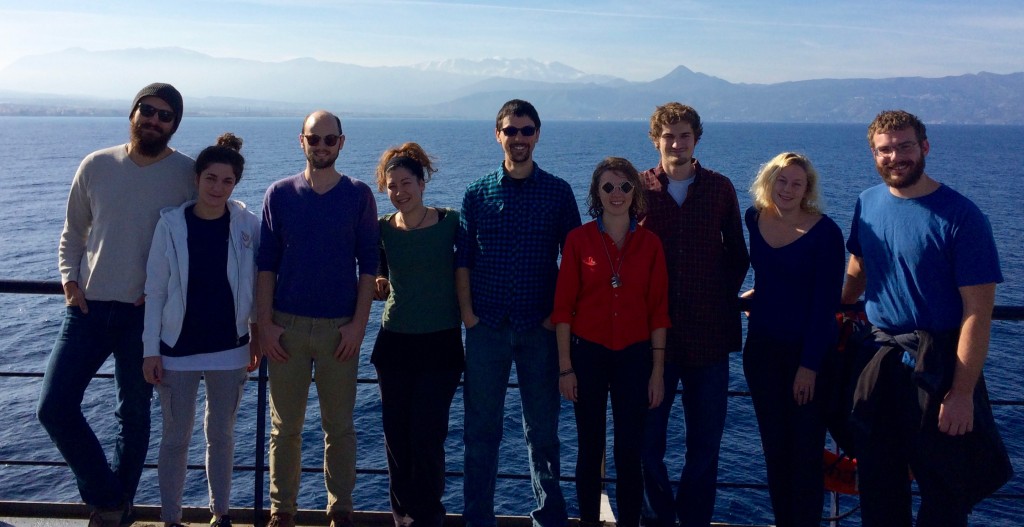Graduate Students
NOT ACCEPTING STUDENTS FOR FALL 2023. The group is at capacity.
Seismology is a powerful tool for studying structure and processes in the Earth; it is particularly successful when combined with geophysical and geochemical information. I am looking for students with quantitative skills, who are interested in interdisciplinary research. The University of Oregon’s strengths in volcanology, petrology and geochemistry, remote sensing and geodynamics are excellent compliments to these studies.
Advice on the statement of interest for your graduate application.
I have 3 ongoing research projects involving graduate students:
Santorini: We have a new grant to continue to model, integrate, and mine the seismic data from a huge data set collected fall 2015 at Santorini Volcano in the Mediterranean. The PROTEUS experiment collected seismic data to understand the magma plumbing structure through the entire crust beneath the volcano as well as regional tectonics. The analysis of this data involves state-of-the-art seismic travel tomography and full waveform inversion to obtained high resolution structural images. It also includes marine geophysical (multi beam bathymetry, gravity, and magnetics) and modeling studies of the volcano and its tectonic setting.
Cascadia2021. Image the structure of the Cascadia subduction zone in the region of the down-dip edge of the locking zone to understand along-strike segmentation of earthquake rupture. NSF has funded the deployment of 900 seismometers in the Oregon and southern Washington coast ranges in summer 2021 to record the deep penetrating seismic waves from the R/V Marcus Langseth source. We will analyze this wide-angle seismic refraction data in 3D to recover the topography and roughness of the subducting plate, the structure of the upper plate, and the down-dip translation of subducted sediments.
Galapagos plume-ridge interaction. Test our models and refine our understanding of the physics and chemistry of plume-ridge interactions. To do so NSF has funded the deployment 53 ocean bottom seismometers west of the Galapagos archipelago for 15 months. We will use teleseismic arrivals to image the mantle and lithospheric structures in the region where the plume spreads out beneath the overlying plate. The instrument deployment cruise is scheduled for spring 2023, the recovery for summer 2024.

With colleagues Doug Toomey (Univ. Oregon), Garrett Apuzen-Ito (Univ. Hawaii) and Yang Shen (Univ. Rhode Island), we will be conducting an ocean bottom seismic experiment to discover the nature of plume-lithosphere-ridge interactions in the Galápagos hotspot and ridge system.

